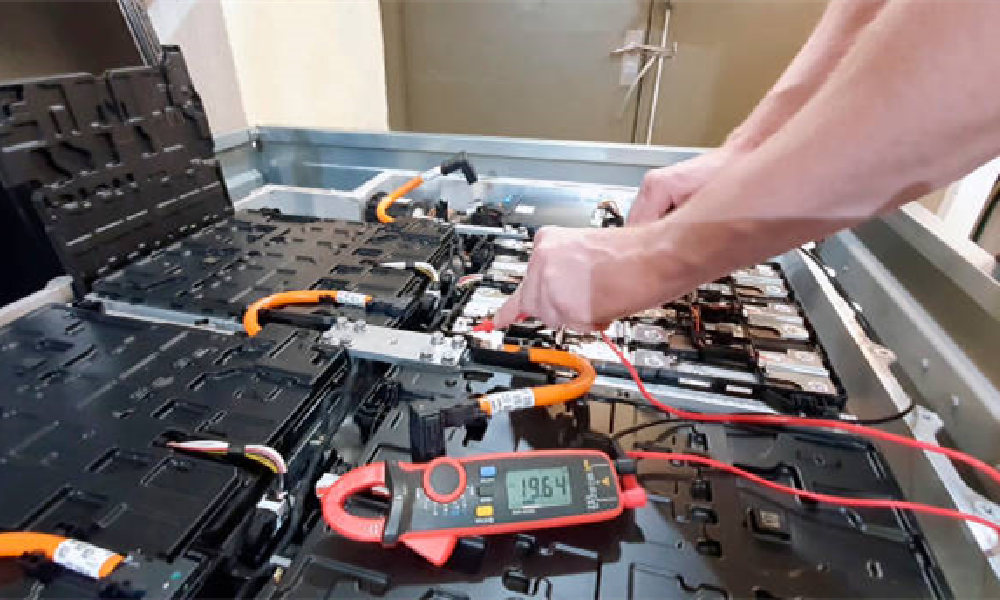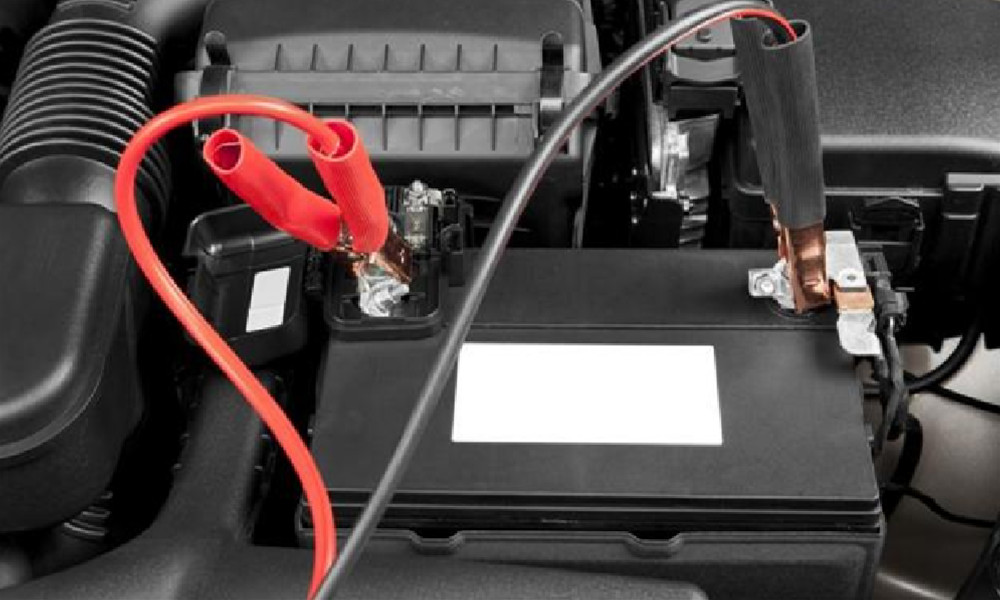Maybe you’ve got a treasured RV with a DIY bed in it. But isn’t it already thinking about replacing an RV deep cycle battery that’s been around for many years?
If you are thinking of why we require deep-cycle batteries, you have come to the right place. Well! There is a critical need to have reasonably good deep cycle batteries, whether for your vehicles, microwaves, refrigerators, or any other electronic appliances at your home.
RV deep cycle battery is basically rechargeable batteries to deliver your appliances the dependable power they would need at any time. They are such a great invention, perfectly organized to supply sustained power with low amp draws over a vast time period. So, indeed, we need them as they are lighter in weight and do not require frequent maintenance.
However, below in this article, we will discuss how different types of RV deep cycle battery works. So, continue reading it till the end!
1.Working Procedure Of Different RV Deep Cycle Battery
Now, let us tell you about different types of RV deep cycle batteries and their working.

1.1 Lead Acid Batteries:
These batteries are called flooded ones because they are made of lead plates engaged in a liquid electrolyte. Lead batteries are quite older now and are not being used widely due to many reasons.
Working:
While the lead acid batteries are being charged, the two positive and negative lead plates play their roles, “+” one is lead dioxide. On the other hand, “-” is lead-antimony. And sulfuric acid is concentrated by electrolytes.
When the battery starts to discharge, the process of sulfation begins (both the plates are now lead sulfate). As a result, the electrolyte no longer has sulfuric acid & it becomes water.
Pros:
1.The good points of Lead Acid batteries are:
2.They are very well-known and cheap batteries; everybody knows how to get them in use.
3.Sold almost everywhere and are good for a range of usages.
But! They are not ideal due to some valid reasons.
Cons:
1.With their large size and weight, they take up a lot of space.
2.They genuinely require your time to be maintained.
3.They sometimes release toxic gasses that are prone to damage your health.
The life cycle of lead acid batteries is about 400 times! Like, it takes a single cycle to discharge and charge.
1.2 Gel Batteries:
These batteries are very much like lead acid batteries, but they include silica in them, which makes a gel in the electrolyte.
Working:
The gel material is made when silica and sulfur are mixed up with the electrolyte. Now when this battery has a grand mixture, it uses the electrolyte and acid in the same manner as used in lead flooded acid batteries. Just the difference is that they do not require that sort of continence.
Pros:
1.It keeps on working properly without the need for maintenance.
2.Zero to no risks and can be installed anywhere.
3.They completely absorb the vibrations and are ideal.
Cons:
1.Expensive than lead acid batteries.
Normally, a 12-volt Gel lasts for about 5 to 6 years, having a life cycle above 100 times.
1.3 Absorbed Glass Mat Batteries
AGM is another great and popular invention that RV uses today. These sealed acid batteries are also like gel and lead batteries; they just have some minor differences.
Working:
In AGM batteries, an absorbent glass mat separates the two negative and positive plates. It soaks and stores the battery’s acid and controls the free-flowing in the battery. A plastic case contains both tightly condensed positive and negative plates per cell under pressure.
Pros:
1.They also do not require frequent maintenance.
2.AGM batteries give high power outcomes.
3.These batteries are very durable and less sulfated.
4.They usually do not require a lot of time to be charged.
Cons:
1.AGMs are very sensitive when being overcharged.
2.Expensive than previous batteries.
AGMs in RVs also have a good life span, just like gel batteries. They can have up to 500 cycles and last more than 6 years.
1.4 Lithium-Ion Batteries:

These batteries are the latest in the town with so many good and advanced points.
Working:
A lithium-ion battery consists of a separator, a positive electrode, a negative electrode, two positive and negative current collectors, and an electrolyte. Lithium is stored in the cathode and carbon is stored in the anode, and the way it works is that the electrolyte transfers “+” charged ions through the anode to the cathode, and likewise from the separator.
A charge in a +ive collector is created as soon as the movement of free electrons in the lithium ions starts. Then current begins to flow from the collector in the RV appliance being charged to the -ive collector.
Pros:
1.Effective battery with Minor energy utilized.
2.No maintenance is required.
3.A very latest and most-wanted RV deep cycle battery.
4.Lighter in weight and size.
Cons:
1.Very expensive
Lithium Ion batteries have a very good life span, more than any other batteries as they are up to date. They last for more than 5 thousand cycles.
2. Different Ranges Of Deep Cycle RV Batteries:
There are various deep cycle batteries with their group sizes. It all depends upon your requirements; the more extensive battery would have longer amp hours.
So, apart from keeping your budget, space, and the type of battery you require in mind, you should also consider the following options:
1.A Single 12-volt deep cycle battery permits you to have about 70 – 85 AH.
2.When 2 12volts deep cycle batteries are connected jointly, they deliver about 140- 170 AH.
3.When 2 6volts golf carts are joined together in Series, they can deliver around twelve volts required for RVs.
4.Note: When wires are Parallel joined, it boosts the amp hours leaving the voltage unaffected.
5.While in Series, it will improve the voltage and leave the amp hours unaffected.
3.Some Essential RV Deep Cycle Battery Tips:
1.Bring the deep cycle battery into use, which is friendly to the environment.
2.Keep a regular check on the state of your battery.
3.It is always advisable not to entirely discharge the lead acid battery.
4.It is dangerous sometimes when you overcharge the RV deep cycle battery.
5.When the RV is plugged in, utilize the built-in charger of batteries.
4.Wrapping Up:
Various RV deep cycle batteries with different sizes and specifications are available in the market and are really great inventions. Replacing the battery for your RV becomes hard if you’re not familiar with other deep cycle batteries, their ranges, and their working. Thus, it was all you need to know about the working of deep cycle batteries.

